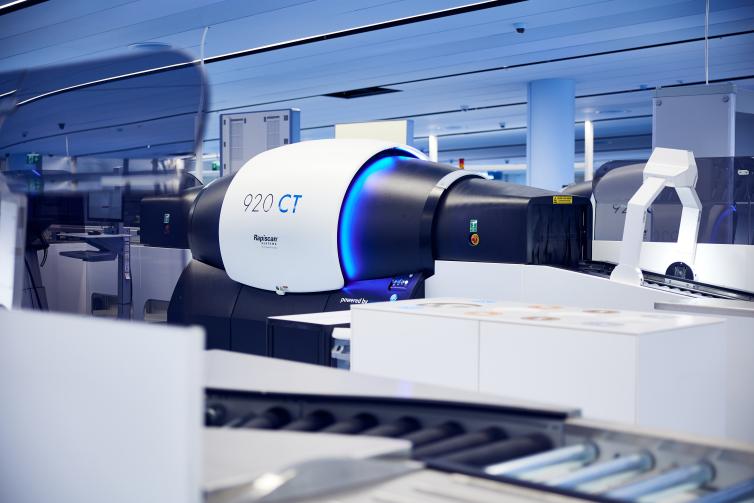The renewal of Helsinki Airport will offer you a smoother travel experience starting this spring and summer. Finavia is renewing the security control service and offers airlines new technical solutions for check-in.
“Together with the airlines, we have paid attention to the self-service check-in in order to improve the passenger experience. If check-in has been completed in advance, all you need to do when arriving at the terminal is to print your baggage tags at a check-in kiosk and leave your bags on the self-service belt,” says Finavia CIO Leyla Akgez-Laakso.
Although more and more passengers complete the check-in beforehand online, airlines also want to maintain personal service. Check-in counters can still be used at Helsinki Airport in the future.
“It’s also possible to complete the check-in at the airport. It can be completed either at a self-service kiosk or at a check-in counter. We are moving more and more towards touch-free technology to make our operations as smooth as possible,” Akgez-Laakso says.
The automatic baggage tracking system, which will be introduced in the spring, will make the baggage process even faster and more reliable.
Seamless security control
New 3D scanners speed up security control, as liquids and electronic devices no longer need to be taken out of hand baggage for scanning.
“For passengers, the new equipment means less unpacking and repacking at the security control. Also, due to improved scanning technology, it’s increasingly rare that bags need to be opened for further examination. This will speed up the security control process and make it more comfortable for the passenger,” says Vice President, Airport Development at Finavia Sami Kiiskinen.
UVC disinfection, which was introduced during the COVID-19 pandemic, improves the hygiene of security control trays.
Information systems are invisible yet important
Helsinki Airport has some invisible yet important technological safety solutions that include a new smart network provided by Finavia and the extension of the public announcement system. The insightful communications network recovers from malfunctions quicker than a normal network and provides airport equipment and systems with improved continuity and security and keeps them free of disturbances. The extension of the public announcement system will make it possible to better limit announcements to those parts of the terminal they are meant for.
“In the future, various information systems will help us control the airport’s functions, such as lighting or heating, more easily and accurately. The information systems will also keep operational reliability at a high level,” says Akgez-Laakso.
Testing is key in new technology solutions
Finavia conducts experiments of varying size and duration. Their purpose is to effectively test whether the new technology would improve operations at the airport.
“It’s important for us to stay at the forefront of technological development. When considering new operating methods and technology solutions, we assess how they affect the entire passenger path and the smoothness of the airport’s operations. Promising solutions can then be taken in trial use,” says Kiiskinen.
At the beginning of the COVID-19 pandemic in 2020, UVC disinfection of security control trays was introduced at transfer passengers’ security control at Helsinki Airport. Its operation is based on LED technology. The experiment was successful, and the use of the new disinfection system was extended to Terminal 2.
“The employees play an important role in the testing, as they collect information and understanding of what works and what does not in the new solution during the trial. New technology will not be introduced more widely until it has been tested for a sufficient period of time, we have enough user experiences, and we have prepared for possible fault situations,” Kiiskinen says.
Feedback is valuable
The development of the customer experience and safety is continuous, long-term work. At Finavia, development work is done beyond team limits, and feedback is collected from passengers, airlines and staff. The feedback is used to gain understanding of development needs.
“For example, we use the feedback to improve the airport’s map services in connection with the expansion of the terminal. In the future, information about new areas and routes will be more reliable and up-to-date in all services,” says Akgez-Laakso.
Seamless services are a competitive advantage on the international market.
“Our goal is that an excellent customer experience would distinguish Helsinki Airport from international competitors. We are looking for new innovations to make the airport more functioning for all users. The key is to find new ways to do things in a higher-quality, easier and more pleasant manner,” Kiiskinen says.
Read more
Helsinki Airport travel experience will be completely renewed in the spring and summer
This article is part of Finavia’s Future of the HEL-article series.




